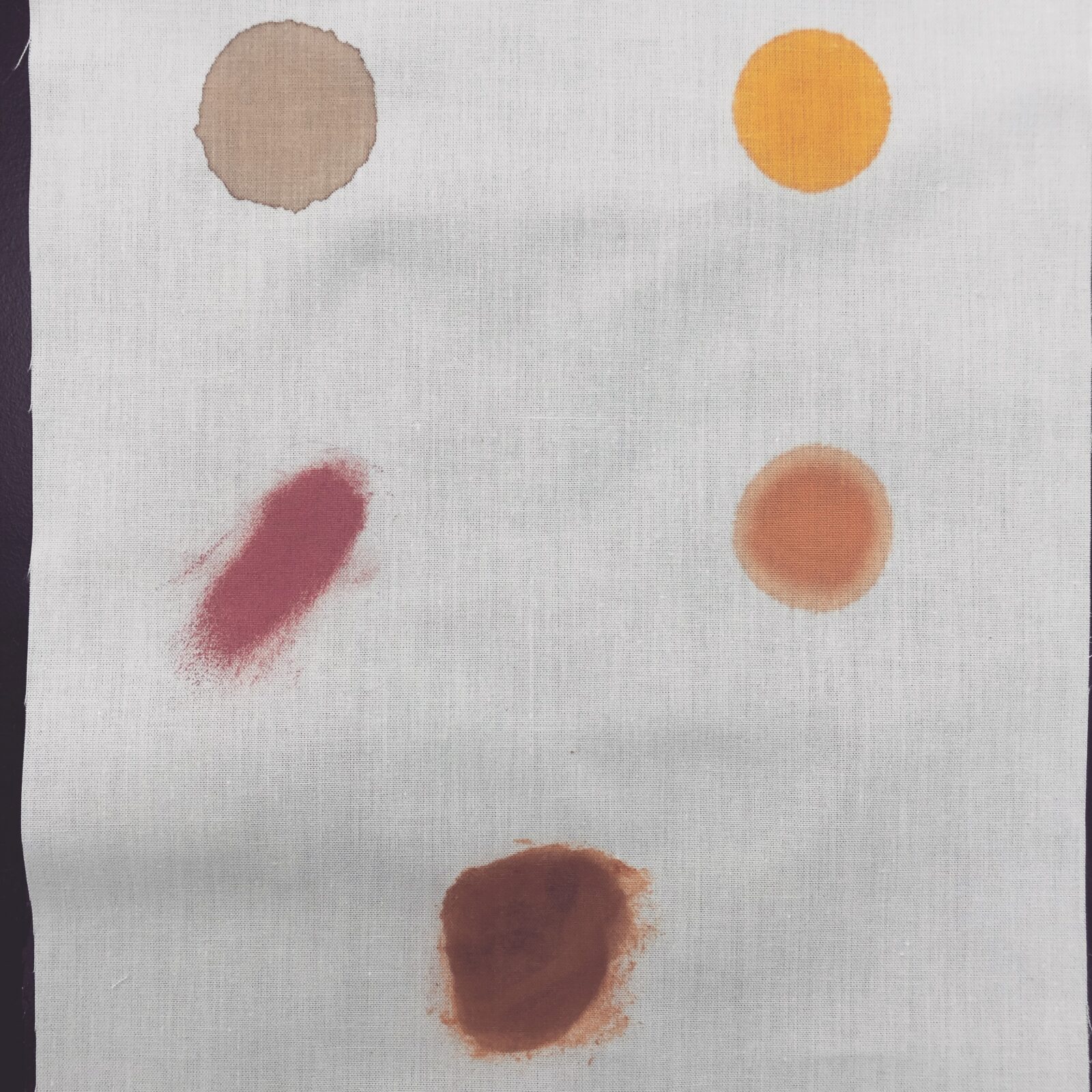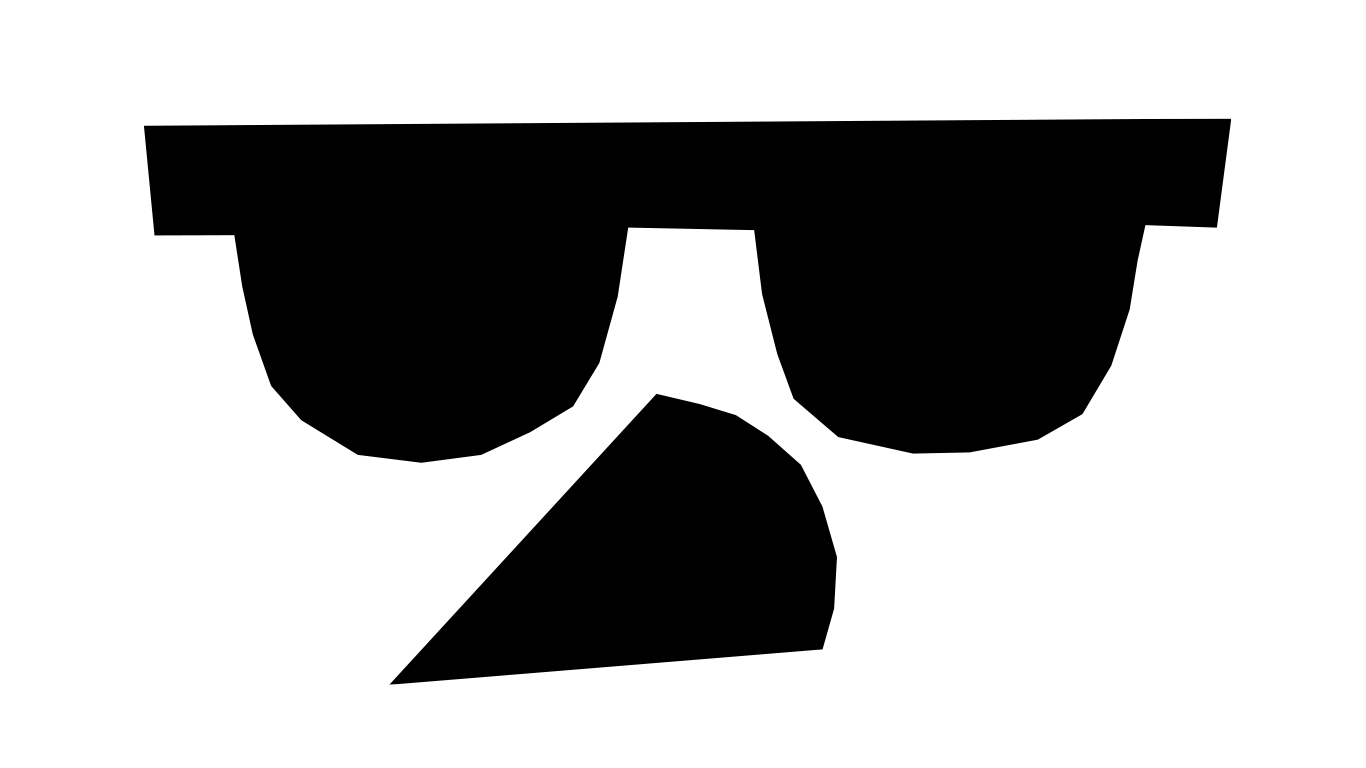Choose life. Choose a job. Choose a washing machine. Choose Ideal.
Modern spotting (“spot-cleaning”) is applying a concentrated detergent or other chemical where it is needed most and removing the offending stain by hand. Many stains such as coffee can mostly come out on their own in a general wash, but curry and pasta sauces can be tenacious, not to mention the dreaded engineering oil. At the very least, spotting in industrial laundry can reduce the amount of bleach required later, lowering the amount of fibre damage and prolonging the life of flatwork.
What we might think of as a niche method now was once ordinary, even if it took a different form. By the 1900s in England, laundry had become essentially an art unto itself, with the topic of how to deal with specific stains being covered in housekeeping books from that time. To this day, manual stain removal with soap bars is still popular for collar grease all over the world.
From the name, you’d be forgiven for thinking that the appropriate spotter is simply squirted on and allowed to do its magic in the main wash. But really, spotters are mostly worked in by hand. A stain is then rinsed out so the general wash process does its magic on whatever is left. This means that spotting can take precious time, but it is worth it to get a good result. After all, it’s not really a saving to avoid spotting, if the item goes into the rewash pile or the customer complains. By then, the stain may well be completely set in and recovery washing (if it even works at that point) is an extra expense.
General Method
Spotting and other pre-treatments such as soaking should occur before any other washing practices. In our case, this means before the main wash while the laundry is being sorted. The first and most important step is recognising which stains aren’t going to be handled well by the main wash. The second most important step is choosing an appropriate spotter chemical to boot the stain down the drain. Once you have the appropriate bottle, the last step is applying it in a way that gets the results you need quickly.
Identify
Stain ID can be remarkably simple once you get into it. As you know the source of the linen, you can take a good guess based on colour and smell. Towel, napkin, pillowcase or tablecloth? Is it red, orange, yellow, pink, black? Does it have a greasy oil, spicy, herby, coffee, tea or wine smell? You can only get used to finding these from experience.
To get good quickly, think through the five forensic checks for any stain: feel, odour, colour, appearance and location.
Choose
What’s the most troublesome problem of the stain? This determines your spotting approach more than almost anything else. Use our Spotting Chart to help pick which of our spotters you should use.

Food & Vegetation
With food, often any greasy component is high on the list of concerns as it can be hard to remove from cotton and prevents the action of the main wash detergent. Grease like this needs an emulsifier to get it off the fibre and hold it in water long enough to flush it out. In our product line, we have Yellow Spot or Orange Spot that can be used for food: tough but mild, they are designed for food-based stains. Yellow Spot is oriented toward the greases themselves, while Orange Spot leans more toward shifting tea and vegetable colours. Yellow Spot even works to shift collar and cuff grease. If you want to try both, go for yellow first, then orange. If you don’t suspect grease, skip the yellow.
Other Grease
With non-food greases such as ballpoint pen ink and foundation make-up, the emulsifiers in milder water-based spotters may not be enough to lift the stain quickly or easily. For these we have two major options: Green Spot is a water-rinsing, solvent-based spotter that dissolves the grease directly, while Blue Spot is a soapy, high-pH emulsifier that works particularly well on ballpoint and make-up. Green Spot and Blue Spot are also quite effective against some paints and nail varnishes, where a main wash alone would do nothing.
Biological
If you’re working with biological stains, blood is highest on your list of problems as it clots into the fibre itself. These kinds of stains have specific needs to get them out. Red Spot is a high-pH blend designed to weaken the adhesion of blood and let the cells and other components come out with the manual work. It also works similarly on other biological stains.*
*We do not recommend the use of spotters for biomedical stain removal, such as for surgical scrubs and equipment. If you have concerns about these types of challenge in your business, please call us on 01933 681616 or email hello@idealmanufacturing.com to consult with our technical team.
Rust and Metal
Rust transfer is easy to spot because of its colour, but what about generic iron staining and metal marks? We’ll talk more about identifying iron and metal staining in another post, including where it comes from, cheap ways to test it and what it does to your stock, but for us there is only one solution: Rust Remover.
Remove
There’s a certain rationale to simply pre-rinsing stains while they sit in the queue for washing, even if you have no intention of spotting. This allows the fibre to become truly saturated from the get-go, rehydrates proteins like egg or saliva so they can rinse off more easily, and sometimes even lets loose, excess oils come free. This is effectively extra washing time while the fabric would otherwise be doing nothing.
Pre-wet
First, for anything but Rust Remover, you’ll want to pre-rinse or even pre-soak the fibre if possible. A pre-rinse of the area with a gentle rubbing of the surface removes any big lumps of food for example and means that your spotters aren’t being wasted on what will come out easily with water. A pre-soak in water generally helps make removal of stains easier and, as always, the sooner the better.
Once you have pre-wet the fibre, it has to be kept wet until it gets to the main wash. If the fibre dries again, the stain could set deeper where the main wash won’t get to it in the short time frame of the wash.
Spot
Dry off the area so it’s only damp, either with a sponge or by gentle pressure. Apply enough spotter to the area to cover the stain and its immediate surroundings, displacing any pre-wetting water.
On a clean, hard surface, rub the stain over with a tool such as a “spotting bone” or similar smooth and hard chemical-resistant item in a circular motion. Be gentle yet firm. This will move the spotter liquid around and squeeze it in and out of the fibre. Continue until it looks like the spotter is having no more effect.
For liquid Rust Remover, don’t use this method. Just apply to the area and let it do its work.
Flush
Rinse the spotter out with water and see how much effect it has had. You can try spotting again immediately with a different spotter, or pass the item into the wash to see if it will clean up the rest.
Wipe down your hard surface and get ready for the next stain!
Limits
Spotting is great because it targets the action of chemicals directly at problem areas, using less chemicals than repeat washing and tuning the action to the type of stain you have. That is, assuming you have these sorts of stains infrequently or you know won’t come out well in any process. For stains you deal with many times in the average wash, spotting can become time-inefficient. In those cases, we recommend designing a specific wash program that works to get those stains out. As many of our customers know, the use of specific programs for big problem loads is often the most efficient use of your chemicals, energy and time, not to mention patience. We’ll go more into that in another post.
Even if it is good for many problems, spotting doesn’t work on everything. Not every mark will respond to spotting and fewer still will be completely gone, but it almost always takes pressure off the main wash and leads to a better result with milder chemistry.

About This Series
We hope you found this useful. Whether you have a basic method already, use a steam powered spotting table or you’re thinking about starting on a countertop, we hope our guide has something for you. Watch this space!
